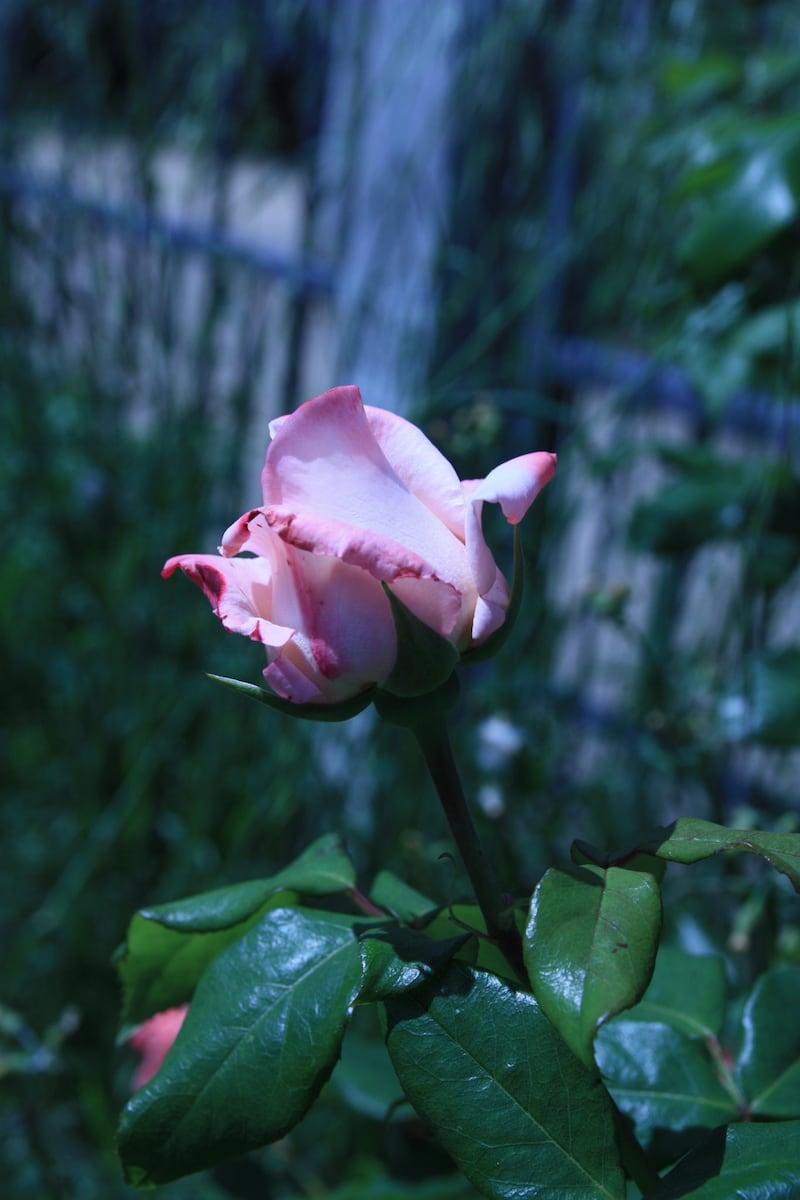A new blueprint of the rose’s genetic code could lead to more colourful, strongly scented, and longer-lasting blooms.
Scientists have produced the first high-quality genome of the garden favourite, focusing on the biochemistry behind the plant’s fragrance and beauty.
Due to extensive cross-breeding, modern roses have complex DNA sequences that are difficult to reconstruct.

Previous attempts to fit together rose DNA molecules have resulted in fragmented and hard-to-read assemblages.
For the new work, researchers used advanced techniques to sequence the genome of the species Old Blush (Rosa chinensis).
The plant, known for its sweet scent and delicate clusters of pink flowers, is thought to be the first East Asian rose to reach Europe some time in the 18th century.
The scientists, led by Mohammed Bendahmane, from the University of Lyon in France, made comparisons with the genomes of other plants including strawberry, apricot and peach, to explore rose ancestry and evolution.

They uncovered more than 36,000 protein-coding genes, and a biochemical pathway that co-ordinated the regulation of scent and colour.
A number of candidate genes for flowering were identified which could in future be targeted to produce genetically improved rose cultivars.
The research, published in the journal Nature Genetics, is expected to help researchers and breeders to manipulate rose flowering and colour, strengthen scent, or increase vase life.
Writing in the journal, the scientists said: “Reconstructing regulatory and secondary metabolism pathways allowed us to propose a model of interconnected regulation of scent and flower colour.
“This genome provides a foundation for understanding the mechanisms governing rose traits and should accelerate improvement in roses.”








